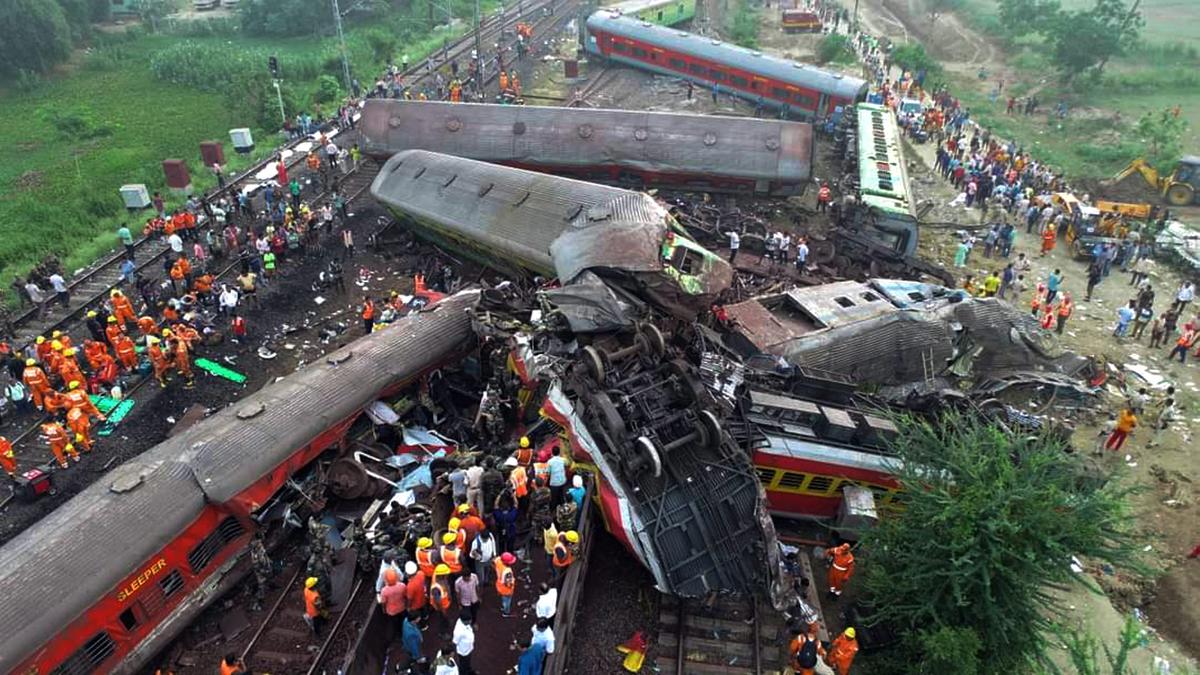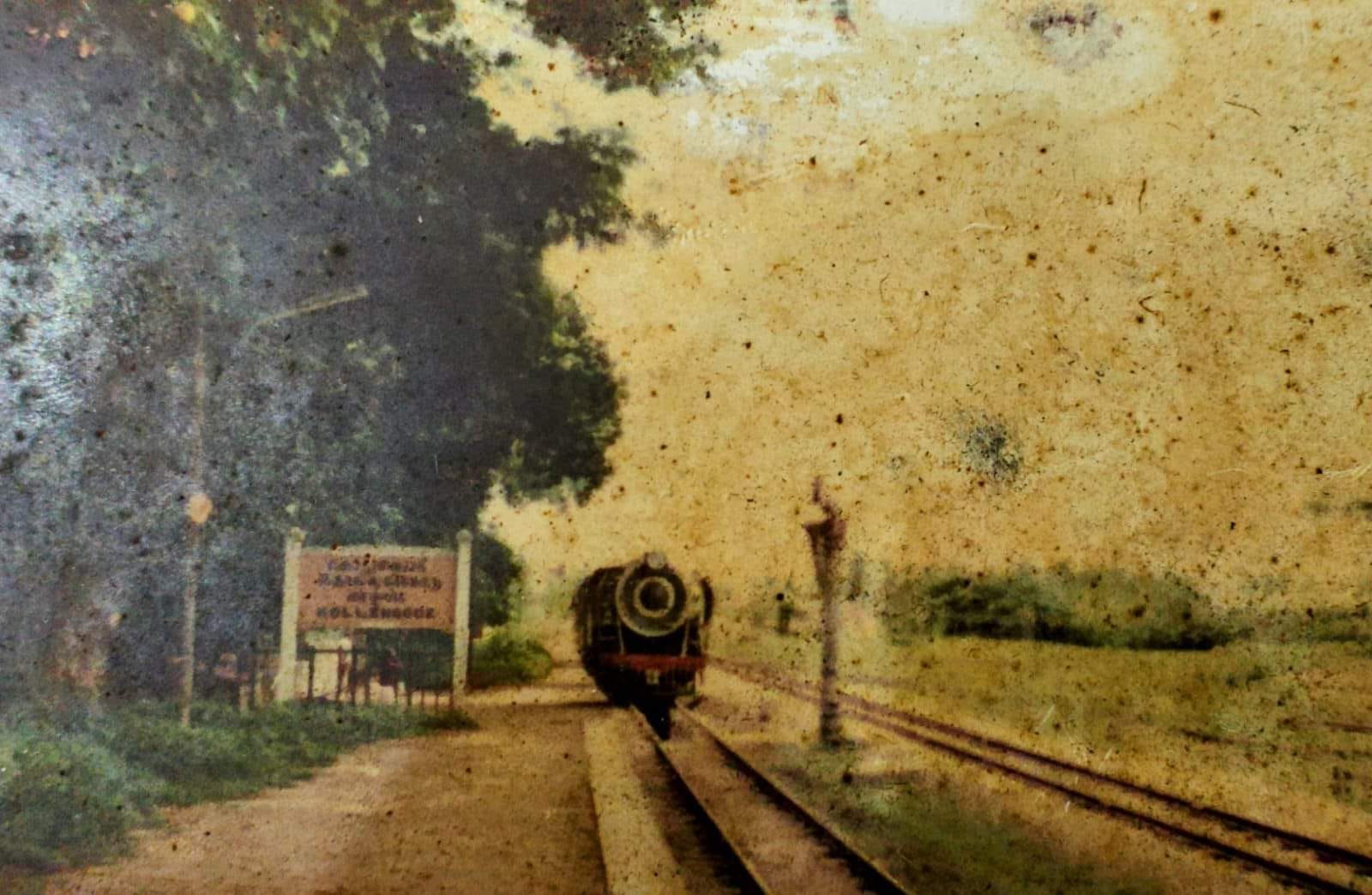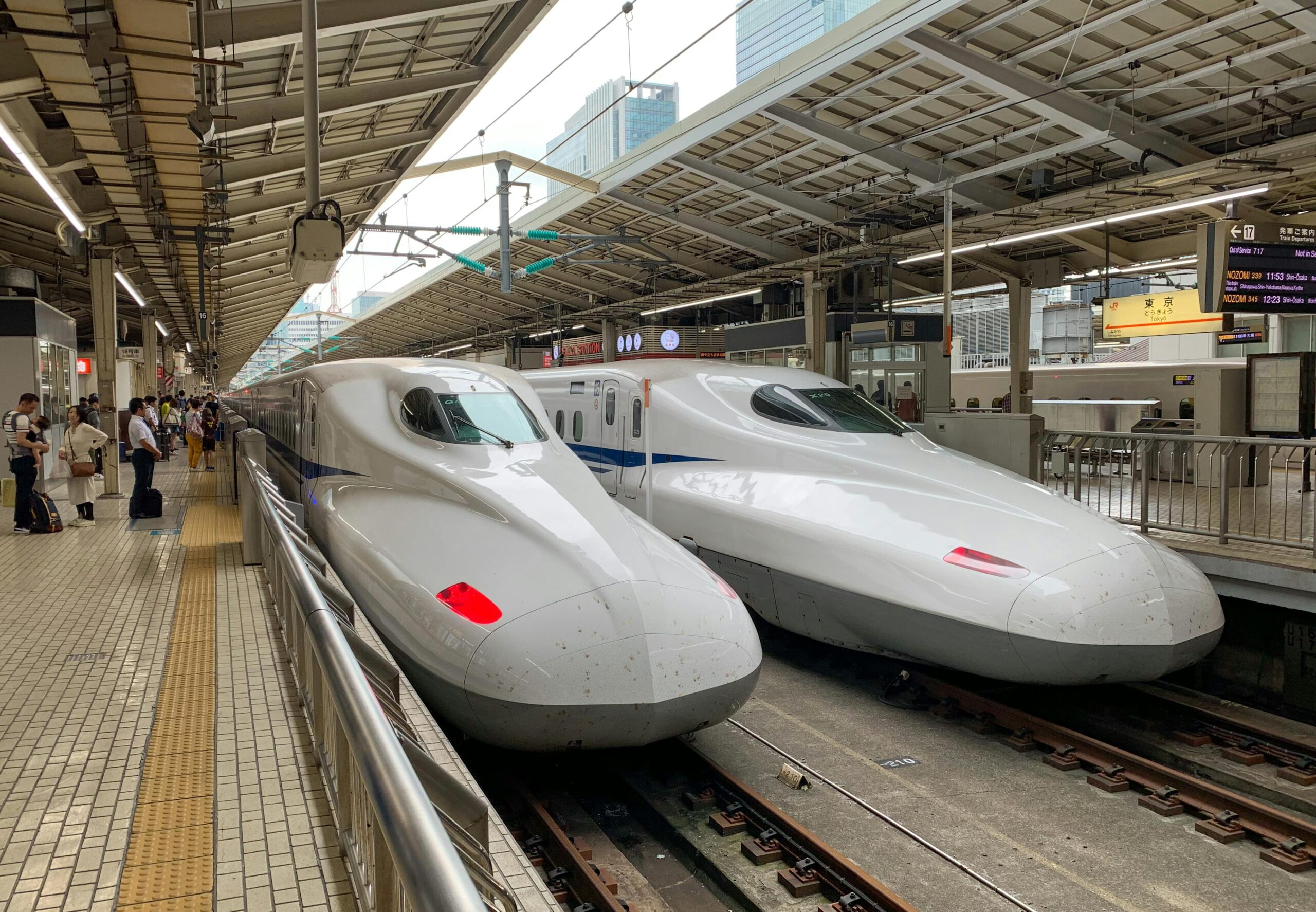Comprehensive Report on the Recent Train Tragedy in Odisha, India
On June 2, 2023, a devastating train tragedy occurred in the Balasore district of Odisha, India, resulting in a significant loss of life and numerous injuries. The collision involved three trains and has been identified as India’s worst train crash in over 20 years. Here is a comprehensive report on the incident:
Incident Details
– The accident occurred at approximately 19:00 local time when the Coromandel Express, traveling between Kolkata and Chennai, derailed and collided with a stationary goods train in Balasore district, Odisha [1].
– As a result of the collision, several coaches of the Coromandel Express ended up on the adjacent track, leading to a subsequent collision with the Howrah Superfast Express, which was traveling in the opposite direction [1].
– The force of the collision caused severe damage to the involved coaches, resulting in the loss of lives and injuries [1].
– The exact cause of the accident is still under investigation, with initial reports suggesting a signal fault that led to a routing error [2].
Casualties
– Tragically, at least 261 people lost their lives in the train crash, making it one of the deadliest rail accidents in India in recent history [1].
– Over 1,000 individuals were injured and required medical attention, with some in critical condition [1].
– Rescue and recovery operations were launched immediately, involving a massive response from emergency workers, including ambulances, doctors, nurses, and rescue personnel [1].
Response and Support
– The Indian government, railway authorities, and emergency services swiftly responded to the tragedy by dispatching resources to the accident site [1].
– Prime Minister Narendra Modi visited the site to assess the situation and provide support to the affected individuals [1].
– The National Disaster Response Force (NDRF), Odisha Fire Services, and other agencies played a crucial role in the rescue and recovery operations [1].
– Local villagers also demonstrated immense bravery and efforts in assisting with the rescue of trapped passengers [1].
– Medical facilities in the area were mobilized to provide immediate treatment to the injured passengers [1].
Investigation
– An investigation into the cause of the train crash has been initiated [1].
– Railway officials and the minister in charge of India’s railway network have suggested that a signal fault and subsequent routing error may have been the likely cause of the collision [2].
– Detailed analysis and examination of the wreckage, eyewitness accounts, and technical assessments will be conducted to determine the exact sequence of events leading to the accident.
International Response
– The United Nations Secretary-General, António Guterres, expressed deep sadness over the loss of life and injuries in India’s worst rail disaster of this century [2].
– The UN extended condolences to the families of the victims and offered support to the people and government of India [2].
Eyewitness Accounts
Survivors and eyewitnesses have shared their accounts of the train collision, describing chaotic scenes and the heroic efforts of individuals from nearby villages to save trapped passengers. One survivor, Mukesh Pandit, reported hearing a “thunderous sound” before the carriage overturned. He mentioned that while four passengers from his village survived, many others were injured or still missing. Eyewitnesses have praised the efforts of rescue workers and volunteers who played a crucial role in the initial response to the tragedy [1][3].
Historical Context
India has experienced several major train accidents throughout its history. Notably, in June 1981, nearly 800 people lost their lives when an overcrowded train fell into a river during a cyclone. Additionally, in August 1995, over 350 people were killed in another train accident. These incidents highlight the need for continuous efforts to enhance railway safety and prevent such tragic events in the future [1][3].
The train tragedy in Odisha, India, has resulted in a significant loss of life and injuries. The collision between two passenger trains and a stationary goods train has raised concerns about railway safety in the country. The Indian government has launched an investigation into the cause of the accident and is focused on preventing such incidents from occurring in the future. The international community, including the United Nations, has expressed deep sadness and extended condolences to the victims’ families and the people of India. The incident serves as a reminder of the ongoing need to prioritize safety measures in the transportation sector and ensure the well-being of passengers
The train tragedy in Odisha, India, was a catastrophic incident that resulted in a significant loss of life and numerous injuries. The collision between the Coromandel Express, a goods train, and the Howrah Superfast Express has raised concerns about railway safety and the need for comprehensive investigations to prevent similar accidents in the future. Efforts to support and aid the affected individuals and families continue, with the Indian government and international organizations offering condolences and assistance during this difficult time.
References:
[1] BBC News. (2023, June 4). India train crash: More than 260 dead after Odisha accident. Retrieved from [[1]( https://www.bbc.com/news/world-asia-india-65793257 )]
[2] United Nations News. (2023, June 4). India train disaster: UN chief deeply saddened
[3] CNN Report. (2023, June 2). : More than 230 killed, 900 injured in three-train crash in India














